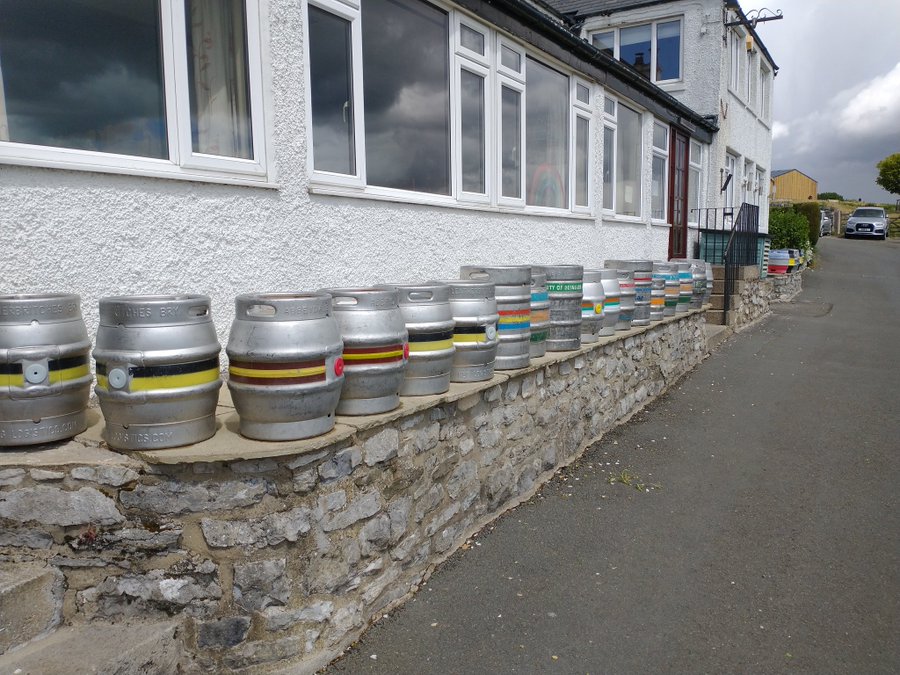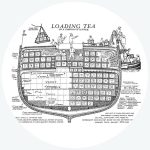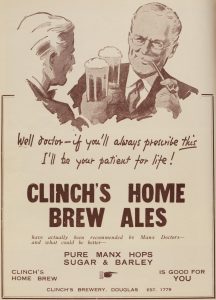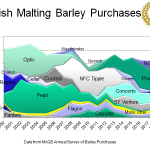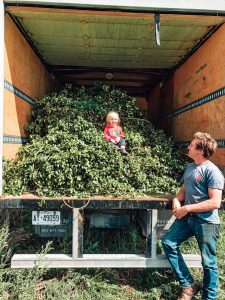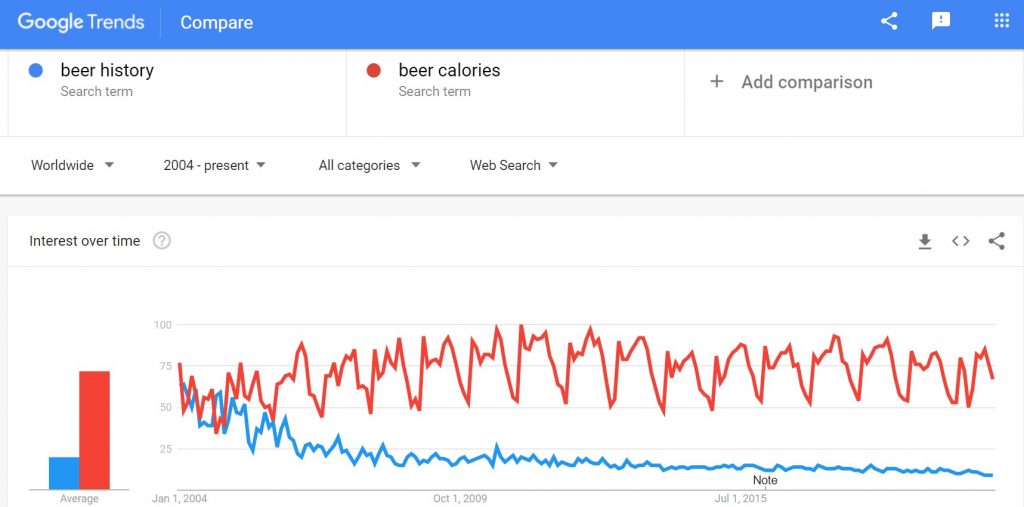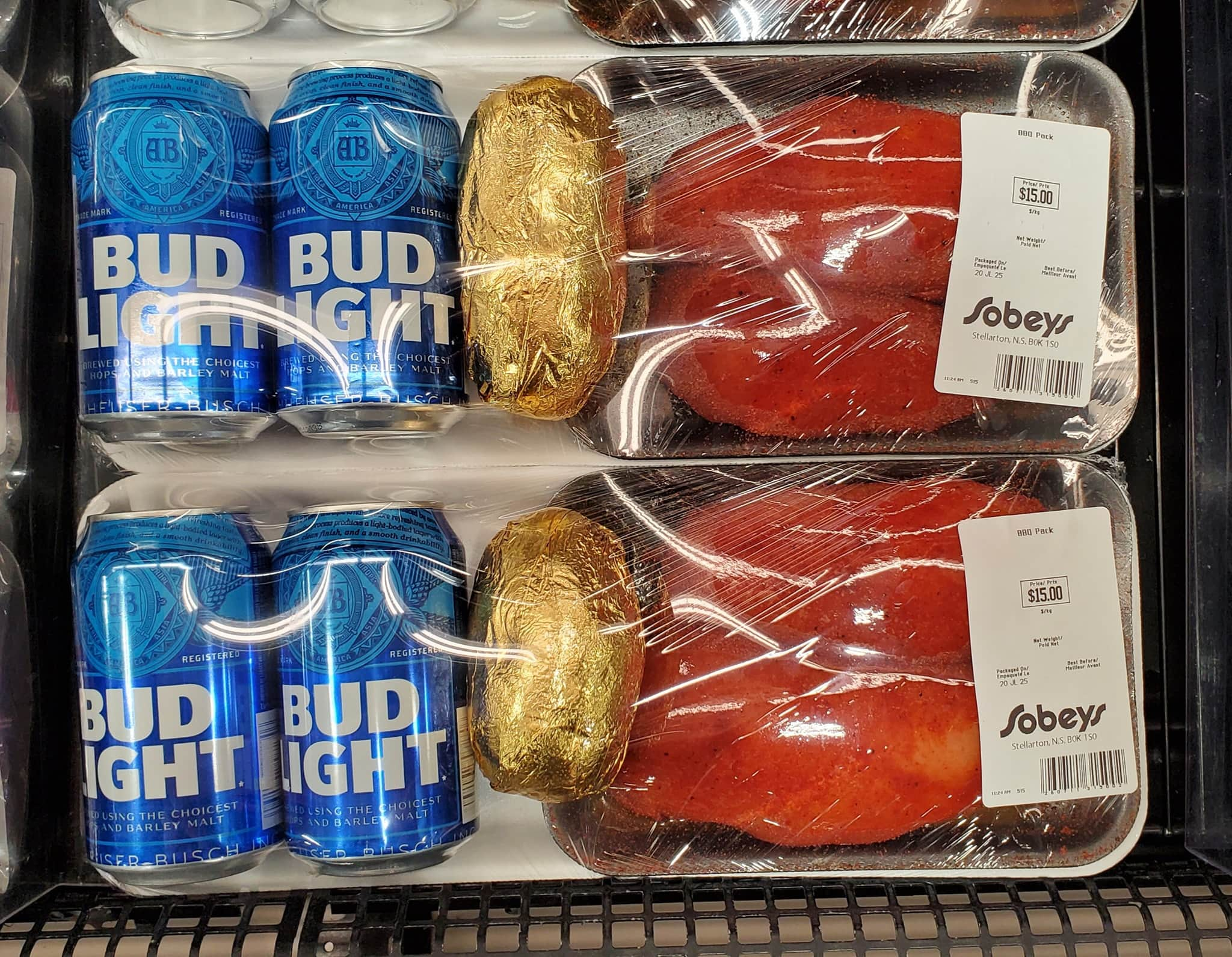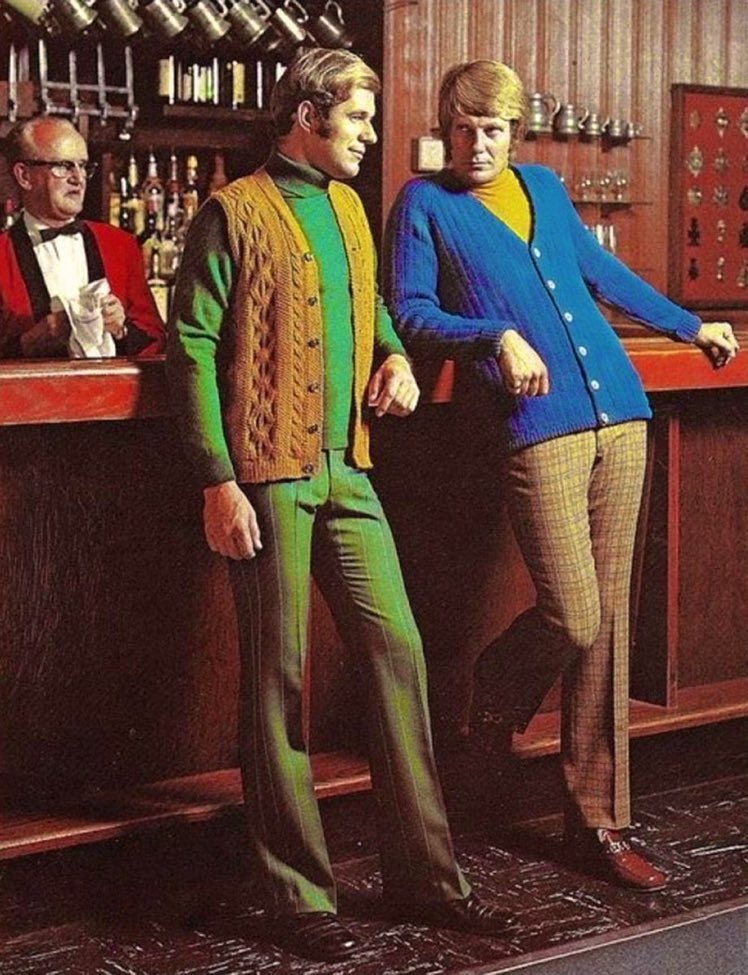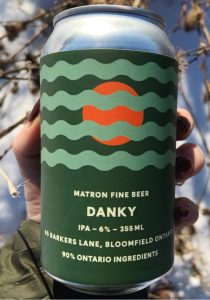 Fine. January is done and more jabs are getting jabbed out and about on this planet. A better situation than at any time in the last year. That’s good. Just weeks to go until spring. Like you, with these few warmer days I am planning the veggie garden and have my row covers ready to go. To help with those considerations, I have a new beer coming this week. Beer is like buying from eBay these days. I get an email saying I might want to consider this new beer from Matron. And I do. And I buy it along with something called Bobo, too. I live the Bo and Bo. It will all be on the front step Friday. So exciting. I shall watch like a child watching the stockings hanging by the fireplace on Christmas Eve.
Fine. January is done and more jabs are getting jabbed out and about on this planet. A better situation than at any time in the last year. That’s good. Just weeks to go until spring. Like you, with these few warmer days I am planning the veggie garden and have my row covers ready to go. To help with those considerations, I have a new beer coming this week. Beer is like buying from eBay these days. I get an email saying I might want to consider this new beer from Matron. And I do. And I buy it along with something called Bobo, too. I live the Bo and Bo. It will all be on the front step Friday. So exciting. I shall watch like a child watching the stockings hanging by the fireplace on Christmas Eve.
First up this week, Black History Month has begin with a celebration of Theodore Mack, owner along with “a group of investors under the United Black Enterprises banner” who bought People’s brewery in 1970 and then only hired black employees. Fight the power. More here, here and here. And speaking of the calendar, more backlash against those in brewing trade PR who’ve been attacking folk opting out of the dipsomania-laced crowdsourcing so that the brewers who fund that PR have enough money in the kitty:
I’d also like it noted how unsupportive and honestly sometimes just straight-up gross some people are about others’ sobriety. Placing blame if businesses fail, mocking Dry January. It’s hard as fuck to not drink and you people suck.
Unconnectedly, 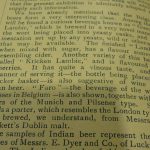 ATJ posted a image from a 1922 book which again supports my long held understanding that no Belgian in their right mind drank unsweetened lambic before the unknowing but self-flagellating English language beer writer tours began in the 1970s. Likely something of a local lads’ gag, no doubt, watching them suck back the vinegar, then outdoing each other to heap praise.
ATJ posted a image from a 1922 book which again supports my long held understanding that no Belgian in their right mind drank unsweetened lambic before the unknowing but self-flagellating English language beer writer tours began in the 1970s. Likely something of a local lads’ gag, no doubt, watching them suck back the vinegar, then outdoing each other to heap praise.
Speaking of mid-20th century stuff but too late for the presses last week was Martyn’s take on the new labels on the beers from the relatively venerable US brewer, Anchor:
The design of the “classic” Steam Beer label is a crowded mess, the name of the beer only the second most prominent part of the label, at best, with some kind of odd parchment effect in the background making it look as if the colours failed to fix properly on the printing plates. The Porter label is better, being simpler and more direct, but still with distracting clusters of barley and hops that detract from the impact.
Fibby fake heritage, as Martyn points out, is a bit of a bore. I don’t care greatly either way as branding is one of the least interesting areas of the good beer world.
One other late excellent word was that of Kate B. on the scandal at Boulevard which, yes, includes the GBH standard cut and paste from the work of others but a more daring, hardnosed and personal conclusion than that website is usually known for:
As a reporter, I struggle with my duty to ask questions of survivors. It’s a journalistic necessity, but it runs the risk of retraumatizing a person. My need to verify facts is counter to survivors’ need to be believed, to have their abuse validated. Even asking them to repeat the who, what, when, where of their experiences runs the risk of doing psychic damage. Trying to identify the why of it all—if there even is one—feels ethically impossible, and potentially harmful. That’s because people who have experienced abuse are often made to feel it’s their fault or that they are misreading the facts, often termed “gaslighting.”
Speaking of which in a way, in another way I am not sure I can agree with this from my personal hero Dr.J.:
“A lot of people ask me, ‘How did it get this way in craft beer?’ Craft beer isn’t special—craft beer is a microcosm in the U.S. If there are inequities and disparities in craft beer, it’s because it’s serving as a mirror for the country at large,” Jackson-Beckham said. But she remains hopeful about the future of the industry.
My question relates to craft beer as microcosm. It isn’t. It is overly represented by a white, male, clubby tribe with access to money and wading in alcohol. Sort of like the Masons in plaid shirts. While the statement above was made well before the Boulevard scandal broke, it is clear that many knew much for yoinks but turned a blind eye, according to impressively investigative work by the actual professional journalists of The Kansas City Star:
Boulevard employees recalled widely-known stories of harassment, particularly from a few high-ranking employees. Even when the women they victimized reported them, they remained in power. Even McDonald, who came back last week to lead the company in its time of crisis, acknowledged hearing reports in the past but not acting on them… The founder, now 67, acknowledged serious failings. But he didn’t want to believe his brewery had a systemic cultural problem. And he views the accusations against Boulevard employees as “isolated issues.”
Right. One also can only assume that this situation was well known to some of the beer trade writers among us but was not worth the trouble to report upon.
In another area of the craft-not-craft industrial zone, we read:
…james watt taking domestic flights between London & Aberdeen and being irked by his international ones being cancelled in the middle of a pandemic, all while running a supposedly climate conscious business lol. can’t make this shit up…
Also over there, the Beer Nut linked us to a story on the potential for the party being over for Irish folk coming back from the UK:
The EU is considering stopping Irish holidaymakers loading up on cheaper alcohol and cigarettes when they travel to other countries – with new rules that would also affect trips to Northern Ireland. Ireland is one of the most expensive places in the EU to buy alcohol and cigarettes, due to high excise duties. In a public consultation launched yesterday, the EU suggested holidaymakers should pay excise duties at home rates rather than where they buy products.
I asked many questions and tried to compare to the US-Canadian border which sits at a very long 2-wood from my house, just over the horizon. Not sure I was fully successful in informing myself.
 Brendan P. has pointed out, as illustrated to the left, the latest dumb legal move by one of the least appealing of the legacy micros out there. Apparently they now own all the rights to “bastard” too. I’ll let Austin Powers know. It’s sad that whatever goodwill they had as a quality gas station retail shelf supplier has been trashed in the cause of their protection of a common word and the most utterly tired brandings in beer. Keystone. Sawstone. Didn’t even notice they sued something called Hollystone. FFS. Is there any constituency left rooting for Stone in these matters? Is there any way these court cases lead to growth or is it just part of a rear guard strategy after the disaster in Berlin? Like those who would diss Dry January, there is a whole sector of the brewing trade that seems to live in a disconnected delusion about what the customer base actually thinks.
Brendan P. has pointed out, as illustrated to the left, the latest dumb legal move by one of the least appealing of the legacy micros out there. Apparently they now own all the rights to “bastard” too. I’ll let Austin Powers know. It’s sad that whatever goodwill they had as a quality gas station retail shelf supplier has been trashed in the cause of their protection of a common word and the most utterly tired brandings in beer. Keystone. Sawstone. Didn’t even notice they sued something called Hollystone. FFS. Is there any constituency left rooting for Stone in these matters? Is there any way these court cases lead to growth or is it just part of a rear guard strategy after the disaster in Berlin? Like those who would diss Dry January, there is a whole sector of the brewing trade that seems to live in a disconnected delusion about what the customer base actually thinks.
And finally another paper-based beer mag disappears after a irregularly schedule life and less than a year after an industry veteran was brought in. A tough row to hoe. Viva blogs! Viva!!!
That’s it. Now, for good reading check out the weekly updates from Boak and Bailey, back now mostly every Saturday, plus more at the OCBG Podcast on Tuesday and sometimes on a Friday posts at The Fizz as well. We have a new entry from the DaftAboutCraft podcast. And sign up for Katie’s weekly newsletter, The Gulp, too. Plus the venerable Full Pint podcast. And Fermentation Radio with Emma Inch. There’s the AfroBeerChick podcast as well! And also look at Brewsround and Cabin Fever. And Ben has his own podcast, Beer and Badword. And remember BeerEdge, too.

